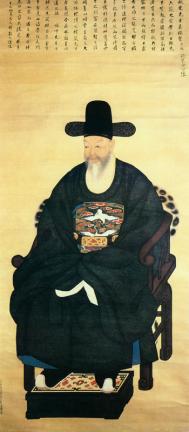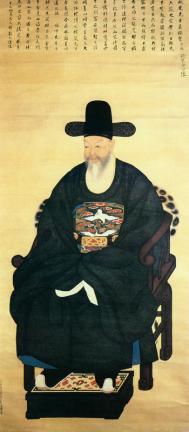국가유산 종목별 검색
보물
김정희 종가 유물 (金正喜 宗家 遺物)Artifacts of Kim Jeong-hui’s Family
| 분 류 | 유물 / 일반회화 / 인물화 / 초상화 |
|---|---|
| 수량/면적 | 일괄 |
| 지정(등록)일 | 1971.09.01 |
| 소 재 지 | 서울특별시 용산구 서빙고로 137 (용산동6가, 국립중앙박물관) |
| 소유자(소유단체) | 김*** |
| 관리자(관리단체) | 국립중앙박물관 |


보물
김정희 종가 유물 (金正喜 宗家 遺物)Artifacts of Kim Jeong-hui’s Family
| 분 류 | 유물 / 일반회화 / 인물화 / 초상화 |
|---|---|
| 수량/면적 | 일괄 |
| 지정(등록)일 | 1971.09.01 |
| 소 재 지 | 서울특별시 용산구 서빙고로 137 (용산동6가, 국립중앙박물관) |
| 소유자(소유단체) | 김*** |
| 관리자(관리단체) | 국립중앙박물관 |

ⓒ 2000. CULTURAL HERITAGE ADMINISTRATION. ALL RIGHTS RESERVED.



 국가유산
국가유산


